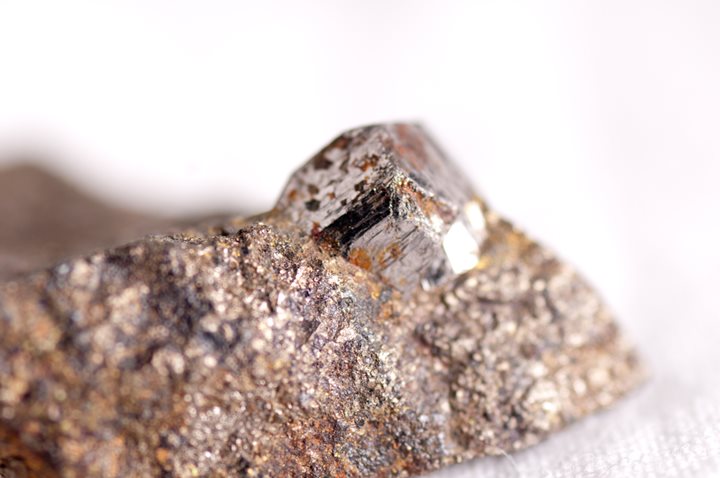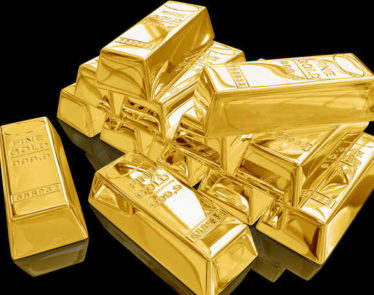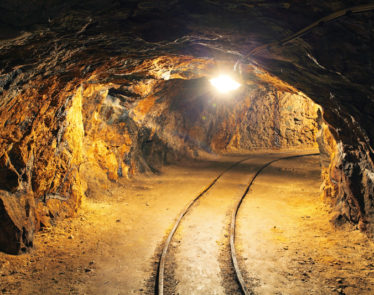
With the rising popularity of lithium-ion batteries and the public’s interest in Tesla’s use of such batteries in their electric vehicles, the demand for cobalt has risen. With rising demand, many people have begun looking into investing in cobalt. With the unsteady supply of cobalt, however, the prices of cobalt stocks and cobalt futures are projected to grow.
As of 2016, listed below are the top 10 countries in cobalt production.
Democratic Republic of Congo (DRC)
In 2016, the DRC produced 66,000 metric tons (MT) of cobalt, an increased 3,000 MT compared to the production in 2015. The DRC is known as the top producer of cobalt in the world, accounting for 60% of the global supply of cobalt. DRC is expected to receive large amounts of foreign investment due to low production costs and high-quality minerals.
However, despite its large output and foreign investment, the DRC is a politically unstable and poor country marred by violence and violation of human rights. A large percentage of cobalt mining is done by children in unsafe conditions. Unsteady supply means an unstable market and a weak supply in the face of high demands. Just recently, Apple (NASDAQ:$AAPL) said they have stopped buying cobalt mined by hand in the DRC as an effort to combat the use of child laborers and inhumane working conditions.
If you are looking to invest in cobalt, keep up with current events.
China
In both 2015 and 2016 China brought forth a steady production of 7,700 MT of cobalt. The cobalt production in China does not come from mining, however, but instead from ores and from refining cobalt imported from the DRC, according to the United States Geological Survey. Scrap and stocks of cobalt material contributed to China’s total output as well.
Despite not having a sure source for cobalt, China is the top supplier of cobalt to the U.S and the global leading producer of refined cobalt; an interesting point for people who are investing in cobalt.
Canada
With a production of 6,300 MT in 2015, Canada’s cobalt production has increased to 7,300 MT in 2016. Canadian cobalt is produced mainly as a by-product of nickel and copper mining, as reported by MBendi Information Services. The nickel and copper mines that produce cobalt are Kidds Creek, Sudbury, and Raglan. If you are interested in investing in cobalt through the Canadian market, make sure to buy cobalt stocks from companies who own these mines specifically.
Even more optimistic for those that invest in cobalt through the Canadian market is the fact that the country has possible plans to expand cobalt production and to identify new sites.
Russia
Already top-ranking when it comes to cobalt production, Russia is looking to attract more investors who want to invest in cobalt with plans to increase cobalt production significantly, according to Denis Manturov, Russia’s minister of industry and trade. Russia’s production remained the same in 2016, with 6,200 MT of cobalt produced.
Australia
Produced from a by-product of copper and nickel mining, Australia’s cobalt saw a drop in production as copper and nickel production fell as well. In 2016, Australia produced 5,100 MT of cobalt, a drop from the 6,000 MT in 2015.
Australia’s nickel mines are located around the Kalgoorlie-Leonara regions, according to MBendi Information Services.
Zambia
When it comes to cobalt production, the number remains steady for Zambia: 4,600 MT in 2015 and 2016.
Cuba
A slight decrease from its 2015 numbers, Cuba’s cobalt production has remained fairly the same with 4,200 MT of cobalt produced. However, investors are recommended to look into investing in cobalt in this market, as production is expected to increase as Cuba’s once strained relationship with the United States improves. This is due to anticipated plans to expand production in two large ore-producing plants.
Philippines
Those who hold cobalt stocks for companies that own mines in the Philippines may be in trouble. Due to environmental concerns, the country has shut down 28 mines. The Chamber of Mines of the Philippines has since then warned investors and companies alike that the value of Philippines’ metallic mineral production can go down as much as 50% this year. As such, it will not be smart to invest in cobalt right now, or perhaps any other metals, in the Philippines.
In 2016, the Philippines produce 3,500 MT of cobalt, a decrease from the 4,300 MT in 2015.
Madagascar
Located in Madagascar, the Ambatovy nickel-cobalt mine is the largest developing mining efforts in the country according to MBendi Information Services. Their cobalt production saw a decrease this year with 3,300 MT produced compared to 2015’s 3,700 MT.
For those interested in investing in cobalt with this specific mine, it is important to note that a Toronto-based company Sherrit International (TSX:$S) owns 40% of Ambatovy. However, the company has recently announced a $1.6 billion writedown in Canadian dollars of the value of their ownership of the mine.
New Caledonia
Like the last few mines on this list, New Caledonia also experienced a drop in cobalt production in 2016: 3,300 MT in 2016 compared to 3,650 MT in 2015. There are four mining centers located here, branching off of France’s Eramet (EPA:$ERA) company. Oxidized ore is mined here, and processed at Eramet’s Donaimbo smelter, the world’s largest ferronickel-producing plant.
Featured Image: depositphotos/photominer







